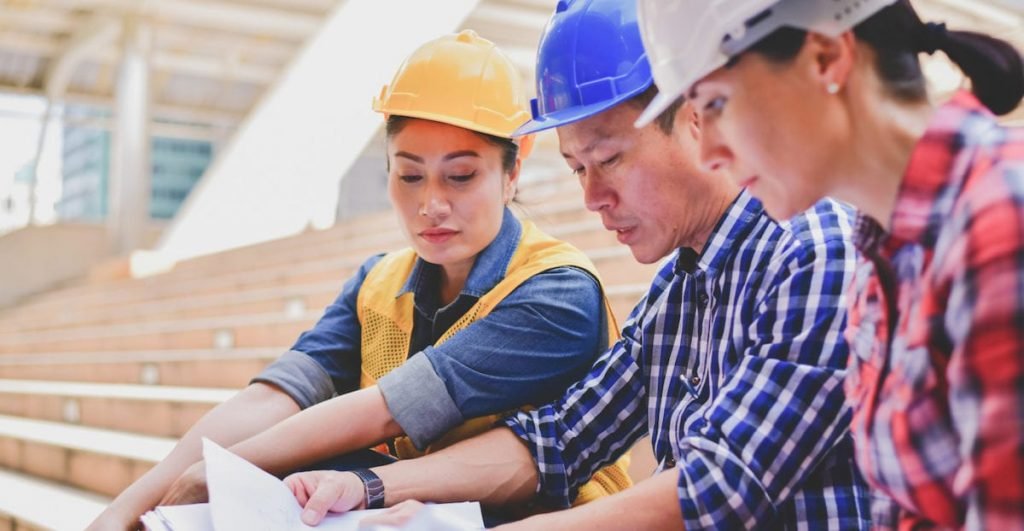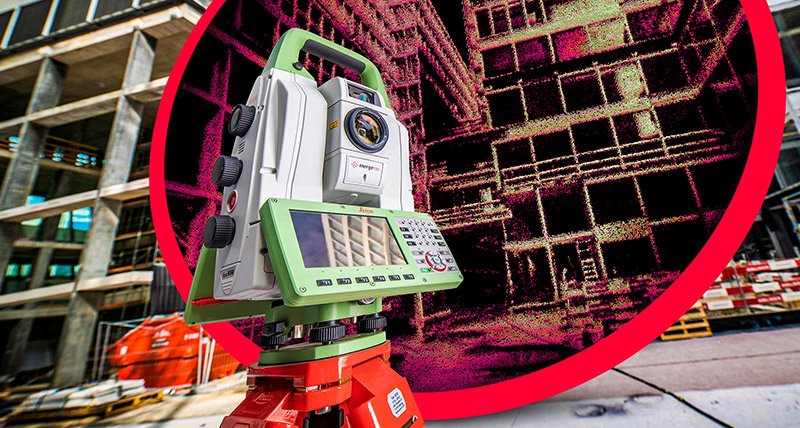[ad_1]
Beyond the River City: How Land Surveying and Town Planning Shaped Brisbane’s Urban Landscape
The city of Brisbane, Australia is as much a product of land surveying and town planning as it is of the natural environment. From its early days as a penal settlement to its current state as a bustling metropolis, the city’s landscape has been shaped by careful consideration of the environment and its inhabitants.
Early Settlement
The area now known as Brisbane was originally settled by the indigenous Turrbal and Jagera people. In 1824, the British established a penal settlement at the confluence of the Brisbane River and the South Pine River. This location was chosen for its strategic position and its resources, including access to fresh water and the potential for agricultural production. The settlement was surveyed according to the principles of the English Land Ordinance of 1785, which was designed to ensure the orderly division and settlement of land.
The Development of Brisbane City
In 1842, Brisbane was declared a free settlement and the ‘Brisbane Town Plan’ was developed by Surveyor General John Oxley and Surveyor Robert Dixon. This plan included a grid pattern of streets, allotments and public squares. This plan was modelled on the design of the English capital, London, and was designed to facilitate commerce, ease of development and the orderly settlement of the growing population.
The Expansion of Brisbane City
As the population of Brisbane continued to grow, the city was expanded further. In 1868, the Moreton Bay Immigration Scheme was introduced to encourage more people to settle in the area. This resulted in an influx of immigrants from Europe, Asia and the Pacific Islands, bringing with them new cultures and ideas. This influx of people and ideas resulted in the development of a more diverse and cosmopolitan city.
The Evolution of Town Planning
The rapid growth of Brisbane during this period led to the emergence of town planning as a discipline. Town planning was seen as a way to manage the growth of the city and ensure that development was orderly and efficient. In 1876, the Brisbane Town Plan was revised and expanded to include the suburbs. This plan set out guidelines that would shape the development of the city for many years to come.
The Impact of Land Surveying and Town Planning on Brisbane
The careful consideration of the environment, resources and people of Brisbane through land surveying and town planning has had a lasting impact on the city’s urban landscape. The original Brisbane Town Plan set the foundation for the city’s development and its subsequent revisions have ensured the orderly and efficient growth of the city. The city’s diverse cultural heritage is also a result of the influx of immigrants and the multicultural population that has been attracted to the city over the years.
Conclusion
Brisbane is a city that has been shaped by its environment and its people. Through careful consideration of the land and its resources, the city has been able to develop in an orderly and efficient manner. The city’s diverse cultural heritage is also a product of its early settlement, the influx of immigrants and the careful consideration of town planning. The careful consideration of land surveyors in Brisbane and town planning has had a lasting impact on the city’s urban landscape and will continue to shape its future.
[ad_2]








